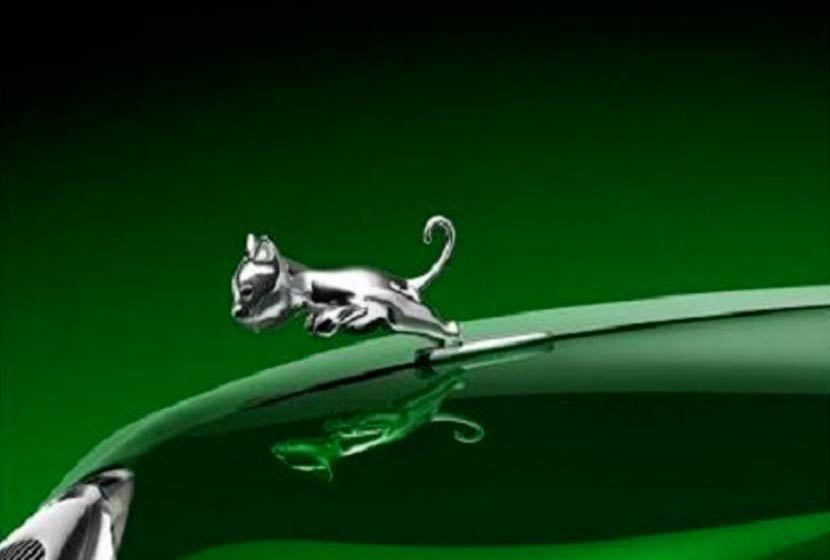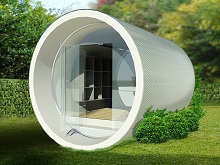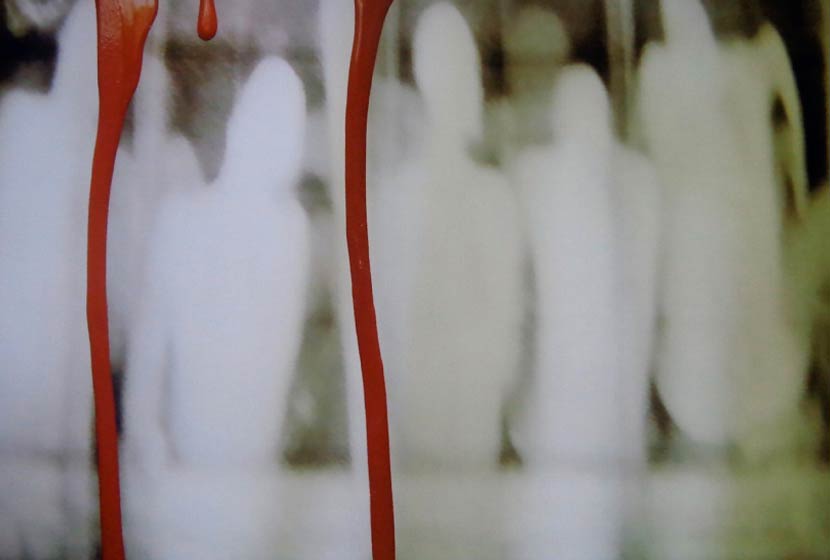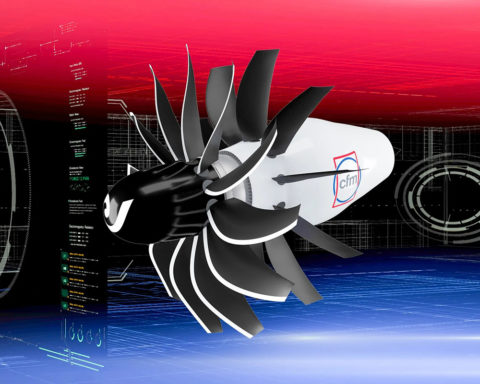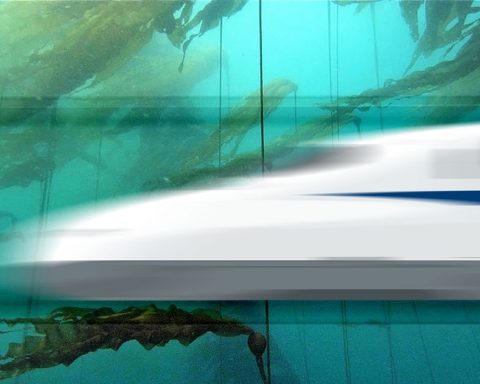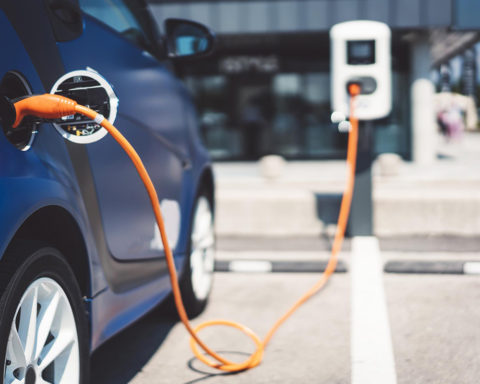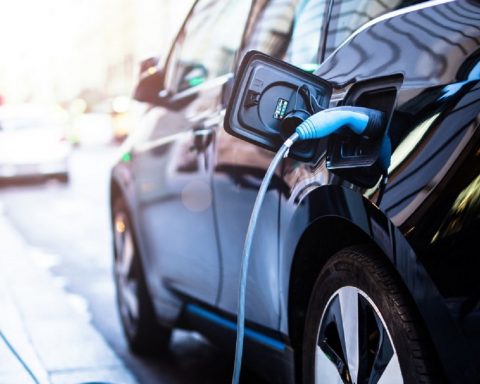Rethinking mobility could be an avenue for innovation in the face of the crisis in the French automotive industry, and in particular, the crisis that the PSA Group is going through today..
In the image of the cluster Vehicle of the FutureThe European Union has been a competitiveness cluster since 2005. Shouldn't we invent solutions for the vehicles and mobility of the future with a view to sustainable development in the service of the region?
To take stock of the situation, let us first recall the conference in 2009 by Jean-Martin Foltz (former CEO of PSA Peugeot-Citroën) who asked the following question: "Will crises accelerate technological change in the automobile industry?
At this conference, Jean-Martin Folz recalled the context in which the future of the automotive industry lies: economic and financial crisis, environmental crisis (climate change), energy crisis (scarcity of fossil hydrocarbon resources). Of course, the impacts on this industry concern the demand for transportation in general, the demand for individual versus collective transportation and the choice of automobile among other means of individual transportation. "For my part, I am convinced that the automobile still has a long life ahead of it, but it will have to be cheaper and consume less," Jean-Martin Folz points out. A few figures: today's global car fleet totals around 700 million vehicles, with the prospect of strong growth in the coming years given demand in emerging countries.
Technologically speaking, the basic principle of today's car is not much different from what it was at the beginning of the 20th century, as the former CEO of PSA points out: it is, very schematically, a converter of energy stored on board into mechanical energy. Its evolution requires us to answer three major questions: what are the mechanical energy requirements of a vehicle? Which converter should be chosen? What type of energy storage should be used on board the car? In terms of converters, two paths have always competed, one using a combustion engine, the other an electric motor. However, the internal combustion engine won out at the beginning of the 20th century, despite its two serious shortcomings (low efficiency and emission of polluting or greenhouse gases), for one simple reason: the problem of on-board storage of electrical energy has never been solved and, for the time being, the fuel cell route remains very hypothetical.
What solutions are available today? The adoption of the electric motor therefore implies solving the problem of storage, but also the problem of battery recharging time (which is still a problem today). The most likely avenue for innovation is in the field of plug-in hybrids (both internal combustion engine and mains powered)," says Jean-Martin Folz.
"But the internal combustion engine with liquid fuel still seems to me to have huge advantages. Barring a revolution in the storage of electrochemical energy, I don't see any change in the short or medium term. I remain convinced that most cars will still run tomorrow and the day after tomorrow with a combustion engine (possibly combined with an electric motor in a hybrid vehicle) powered by liquid hydrocarbons".
Developments should therefore continue in the field of energy savings, car weight reduction, safety, reliability, etc., but no real technological breakthrough is expected in the near future. (Source: D. Chouchan /academie-technologies.fr)
Why is PSA in crisis?
In order to keep the factories running, you need customers. But car sales are falling in Europe. This is what motivates PSA's social plan. In the first half of 2012, the group will post a loss of 700 million euros in its automotive sector. An erroneous analysis according to the trade unions who believe that the company continues to earn money. According to the specialists of the automotive sector, the problem of PSA is not only the sluggishness of the European automotive market but above all strategic errors and a bad positioning.
For example, German manufacturers manufacture the high-end vehicles that generate the highest margins at home and relocate the production of the smaller models that are much less profitable when they are manufactured on German soil. The previous head of the PSA group also erred on the side of optimism by setting the target of producing 4 million cars a year.
As a result, the group has overcapacities of 25% in Europe, particularly in the small vehicle segment. PSA Peugeot Citroën does not have a growth niche like the hybrid cars of Japan's Toyota or Renault's low-cost cars, which contribute strongly to its profits.
A quick reminder: the automotive industry employs 10% of the working population in France, accounts for 1% of the gross domestic product and 15% of research and development expenditure.
The French automobile industry is facing problems of competitiveness and the "steady erosion" of vehicle production in France. More and more small models are being produced in countries where labour costs are lower, such as Central and Eastern European countries or Turkey.
"Today, if we want to keep our automotive industry, we must help it finance itself and help it to ensure its transformation, to find new markets and to be more competitive," said a former minister in 2011.
 One solution: leverage technology
One solution: leverage technology
Finding solutions to a way out of the crisis remains a difficult equation to solve.
According to an automotive industry expert, Rémi Cornubert of the Olivier Wyman Law Firm In the short term, we have to let manufacturers restructure their production facilities. And we must help them to restructure. In the longer term, manufacturers must listen more closely to customers. They must offer them products that are exactly what they need, with more services (which would be a way of creating jobs locally). They must also take into account the fact that customers' budgets are increasingly under pressure.
Finally, we must focus on technology, research programmes and training to make the automotive sector more attractive. In France, manufacturing is not perceived as something noble, unlike in Germany or Japan. It is difficult to devote as many resources to it as to design or to the more noble engineering and design professions. The consequence is that some innovations are sometimes taken over by foreign competitors who know how to industrialize technologies invented in France (case of common rail injection)"
 Create novelties?
Create novelties?
Is the creation of new brands to further segment the market the solution? It seems to be a line of thought at Renault. (Initiale Paris, Alpine). PSA has already launched (DS) at the risk of cannibalizing its other models due to the lack of dedicated distribution networks.
The novelty, good for image and marketing, is not all. Rather than creating new ranges, generalist manufacturers should be concerned with being profitable on existing ranges. Here again, the Credit Suisse estimate that half of the vehicles sold in Europe are sold at a loss. Hence the importance of adjusting capacity. But beyond this logic of attrition, the important thing is for manufacturers to continue to innovate and regain leadership in technologies where certain emerging countries (China) are pushing their pawns very quickly (electric vehicles, for example).
In such a context, the European Union undoubtedly has a role to play. How can it do so? By developing a greater capacity to anticipate and accompany restructuring. This is an observation that also applies to France. A country where successive governments have been content to support restructuring plans rather than trying to anticipate difficulties (no doubt due to a loss of skills and a lack of knowledge of the national industrial fabric).
 Rethinking tomorrow's mobility?
Rethinking tomorrow's mobility?
In the sixties, people used to say: "the city must adapt to the automobile"! Today, in order to rethink mobility, we need to rethink the street, the city that has changed as society has evolved (internet, working from home, changing pace of working life, shorter working hours, etc.).
"By 2030, traffic in megacities will be completely saturated," said Chris Borroni-Bird, General Motors' director of advanced technologies. At the last World Expo in Shanghai, the manufacturer unveiled three prototype urban cars that are expected to meet this challenge. With a range of about 40 kilometers, the prototypes are the result of collaboration between GM and its Chinese partner Shanghai Automotive Industry Corporation (SAIC). The EN-Vs will be able to communicate with each other, stop automatically when a pedestrian crosses the street and park in a parking space three times smaller than a normal car. Estimated exit date: not before 2030.
But we are moving towards a new use of the automobile: technologies are evolving, and behaviors and uses must evolve with them. Rethinking mobility and changing the use of transport. More than the technology in our cars, it is our way of getting around that will change. For example, this means changing our reflexes: not systematically taking our car for our trips in the city and for short journeys (which is the slowest and most expensive solution with 30 cents per kilometre).
It also means acquiring new reflexes during our long journeys: think train, carpooling, car sharing, carbon offsetting as well:
- Carpooling: several people share the use of a vehicle to make all or part of a common trip. The driver, who is not a professional, may be compensated (fuel costs, tolls, depreciation of the vehicle, etc.). Carpooling is particularly suitable in rural and peri-urban areas where public transport is poorly developed. Dedicated websites : http://www.covoiturage.fr/ , http://www.co-voiturage.fr/, http://www.covoiturage-france.fr/, http://www.tribu-covoiturage.com/, http://www.vadrouille-covoiturage.com/covoiturage-france/,…
- Car-sharing: service for making cars available for a short period of time to subscribed users (services available 24/7). Car-sharing makes it possible to make journeys that could not have been made otherwise than by car (no public transport). After the success of shared bicycles (Vélib'), and the similar system -Autolib'- under development in major cities (Paris and its suburbs, Lyon) for small self-service electric cars, rented for short periods. They will make it possible to connect public transport lines, to reach poorly served meeting places, or to transport oversized objects by bicycle. Futuristic prototypes are being developed based on this concept: the Mobi of the Indian designer Ajinkya Yadav or the Angel Sanchez Vargas' prototype or that of the Japanese designer Daisuke Iguchi.
- The great transport mix: intermodality. Specialists call it intermodality or multimodality. It's the art of making a transport cocktail: taking a bus, a train and walking home from the station, going to the station by bike and being able to carry it on the train to get on the train when it arrives. The combinations are numerous.
 Today, many people are already using this transport intermodality (especially people living in the Paris suburbs). What will change tomorrow are the modes of transport that will be better adapted and the technologies that will make it easier to combine different modes of transport.
Today, many people are already using this transport intermodality (especially people living in the Paris suburbs). What will change tomorrow are the modes of transport that will be better adapted and the technologies that will make it easier to combine different modes of transport.
- Mobility 2.0: IT at the service of mobility, which develops solutions to promote access to data that will enable us to adapt our journeys according to given criteria. There are already applications that allow you to know when the next bus will pass from your computer or laptop.
Tomorrow, from your mobile phone, applications connected to several databases will offer you instant access to the most efficient routes, combining several modes of transport, including, if you wish, borrowing a bicycle from a network of shared cars, or reserving a seat on a train or in a rental car if necessary...
These applications can also make it easier to meet people, by telling us if a friend is on the next train or on the next...
- Imagining new forms of transport: imagination has no limits! Depending on the location, original and adapted modes of transport can be set up: collective taxis or buses on demand, run-of-the-mill buses, water bus, Auto-Tram...a cable car in sloping towns, magnetic train, Motorbike and also individually propelled vehicles such as segways or electric bicycles (http://velobuc.free.fr/vae.html). In the Nordic countries, many solutions are imagined, and it is not uncommon to see parents on the street transporting their children on bicycles in special trailers.
New industrial players
New players can enter and profoundly change the landscape of the automotive industry. It wasn't Bell Telephone Company that reversed the smartphone! It wasn't IBM that invented the personal computer! New entrants can emerge in the automotive environment and bring radically different solutions. The Google's driverless car is certainly a first step. The future of the auto industry may not come through the auto industry as it exists today .
Even if today many factors are calling into question the supremacy of the private car in our travel (depletion of fossil resources, rising fuel prices, tolls, etc.), the car still plays an important role in our lifestyles, particularly through the social status it confers on us. This is particularly the case in emerging countries, such as China, where owning a car is more a question of status than of travel.
Thus, in order to maintain mobility, which is necessary in our society, the automobile object, the perception and use of it by individuals must evolve to allow this industry to reinvent itself, to really innovate.
{Jacuzzi on}

